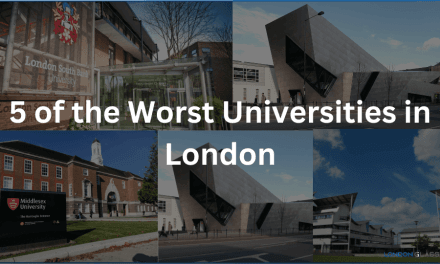Mildmay Park is an increasingly cosmopolitan locality situated on the north-eastern edge of Canonbury, just north of Balls Pond Road in Islington, London. Known for its historic charm and diverse community, Mildmay Park has evolved significantly from its early days as part of the Halliday/Mildmay family estate.
| Year | Event |
|---|---|
| 1735 | The road now called King Henry’s Walk was marked as a pathway on a map. |
| Early 17th Century | The Halliday/Mildmay family owned the land here. |
| 1850s | A network of streets was laid out; Mildmay Tavern and St Jude’s Church were built. |
| 1865 | Balls Pond Road gained its name from a pond outside a tavern owned by John Ball. |
| 1880s-1930s | Mildmay Park had a railway station, radical club, and synagogue, all of which closed by the 1930s. |
| Post-WWII | Bomb-damaged zones were replaced with blocks of flats, with additional redevelopment in the 1960s. |
| 1960s | The Honeycombs, a pop sensation, were discovered at the Mildmay Tavern. |
| Present Day | Mildmay is a mix of young professionals, blue-collar workers, and a diverse range of ethnicities. |
A Brief Overview of Mildmay Park
-
Early History: The land around what is now Mildmay Park was owned by the Halliday/Mildmay family from the early 17th century. The area remained largely undeveloped until the 1850s, when a network of streets was laid out, and several key landmarks, such as the Mildmay Tavern and St Jude’s Church, were built.
-
Transformation in the 19th Century: By the mid-19th century, the main phase of construction began. Significant buildings included substantial stuccoed properties along the principal thoroughfares and two-storey terraced houses along smaller streets.
-
Cultural Shifts: During the late 19th century, Mildmay Park housed a railway station, a radical club, and a synagogue, reflecting the area’s diverse social fabric. These establishments all closed in the 1930s, primarily due to the relocation of middle-class residents.
-
Post-War Redevelopment: The area experienced substantial redevelopment following World War II, with bomb-damaged zones being replaced by blocks of flats. The 1960s brought further modernization.
-
Modern-Day Community: Today, Mildmay is known for its cosmopolitan character, with a mix of young professionals, blue-collar workers, homeowners, and renters.
Demographic Breakdown
| Demographic | Percentage |
|---|---|
| White British | 45% |
| Black/African/Caribbean | 25% |
| Other Ethnicities | 30% (including mixed and other non-white groups) |
Mildmay Park is one of Islington’s most diverse neighborhoods, with a vibrant mix of cultures contributing to its dynamic atmosphere.
Places of Interest in Mildmay Park
-
King Henry’s Walk Garden: A community garden located along King Henry’s Walk, offering a peaceful retreat amidst the urban environment. Learn more at Islington Council.
-
St Jude’s Church: Built in 1855, the church has stood as a central landmark in the community, reflecting the area’s rich history.
-
Mildmay Club: Once a radical club in the 1880s, this historic building now serves as a social club and a reminder of the neighborhood’s progressive past.
-
Local Cafés and Shops: Enjoy a stroll along Balls Pond Road, with various shops and cafés, each offering a taste of the local flavor.
Interactive Map of Mildmay Park
Further Reading and Resources
Mildmay Park is a unique locality in Islington, rich with history and a cosmopolitan community. From its early beginnings under the Halliday/Mildmay family to its modern-day diverse character, Mildmay Park offers a fascinating glimpse into the evolving landscape of North London.
FAQs About Mildmay Park
What is the history of Mildmay Park in Islington?
Mildmay Park was originally part of the Halliday/Mildmay family estate from the early 17th century. The area was developed in the 1850s with the construction of streets, houses, and landmarks like St Jude’s Church and the Mildmay Tavern.
What amenities are available in Mildmay Park?
Mildmay Park offers several amenities, including community gardens, historic churches, local cafés, and easy access to public transportation, making it a desirable place to live.
How has Mildmay Park changed in recent years?
The area has seen significant redevelopment since World War II, and today it is home to a diverse mix of residents, including young professionals and blue-collar workers.




